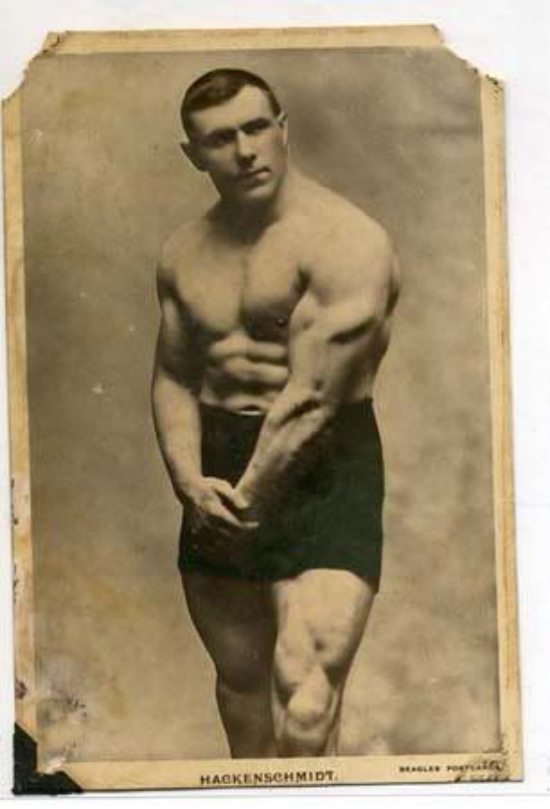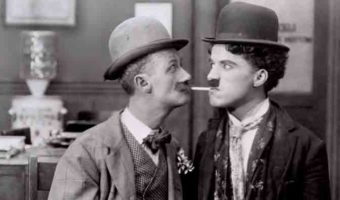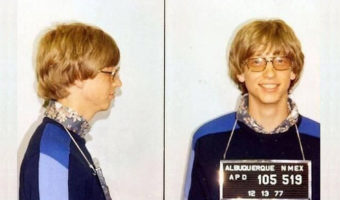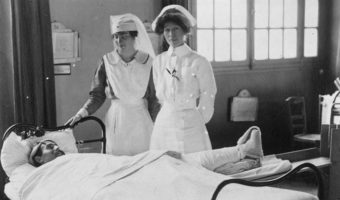Who Was George Hackenschmidt, the Man Behind the Hack Squat and Bench Press?

George Hackenschmidt was an Estonian-born strongman, wrestler, and weightlifter in the early 20th century who became a true legend in the world of professional wrestling and weightlifting. George, the man behind the famous bench press and hack squat, had a tremendously strong body, perfected through years of dedication at a time when steroids didn’t exist. He ruled the “Golden Age” of Professional Wrestling with his unparalleled muscle power, honesty, and quietness of spirit. Today, Hackenschmidt is considered one of the founding fathers of modern professional wrestling and strength sports.
Hackenschmidt, aka “the Russian Lion,†was the pioneer of strength.
George Hackenschmidt, or the “Russian Lion†as he was called, was born in the year 1877 when Estonia was still a part of the Russian Empire. He excelled as an athlete in school from a very young age. Be it cycling, gymnastics, swimming, or weightlifting, he outperformed in every sport! It has been said that he once lifted a small horse off the ground and astounded his teachers. George later said that none of his parents possessed exceptional strength, and his strong genes may have come from his maternal grandfather, who was known to be big and powerful. George Hackenschmidt was only 5 ft., 9 in. tall but weighed 215-225 lbs.
After graduating, he moved to Tallinn to work at an engineering factory. It was then that George started weightlifting as a hobby. In 1896, he became the center of attention when he lifted 214 lbs. in an overhead press with one arm. What attracted more attention was his perfect form while lifting the weights, starting slowly, using his biceps, and moving the weights up with his shoulders. A pioneer of strength sports, he boasted extraordinary strength, flexibility, and fitness. He earned the name the “Russian Lion†in London when he remained undefeated in wrestling ten years in a row, which accounts for almost 3,000 matches!
George Hackenschmidt loses his first-ever wrestling match.
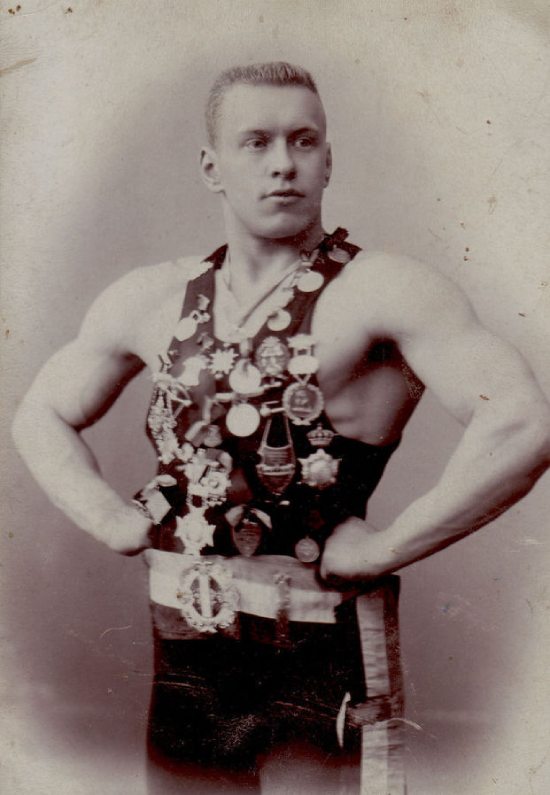
In 1895, Georg Lurich, a Greco-Roman strongman and wrestler, challenged anyone in the city to a wrestling match. George confidently accepted, as he had not yet met anyone who matched his strength. But Lurich, who went on to become one of the most famous wrestlers of his time, proved to be a skillful and challenging opponent. George lost and soon realized that although he may have been stronger, he lacked the experience and skills which cost him the match.
Later, George would go on to train under Lurich. This loss played a major role in igniting George’s passion for training hard every day and excelling in the art of wrestling and strength training. His dedication led to success, and he soon set a world record in 1897 in an overhead press with 243 lbs.
The birth story of the bench press and the Hack squat.
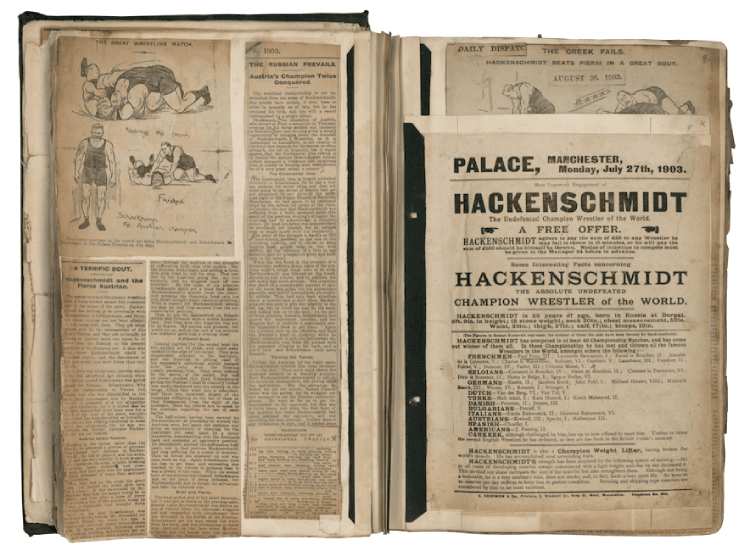
Hackenschmidt was a pioneer in the field of weightlifting. He helped popularize the bench press, which is one of the most popular exercises today. After setting his first-ever world record, George did a floor press, an exercise that was almost unheard of during that time. He did a 334 lb. floor press by lifting and pushing himself up from the floor with that weight on top of him, breaking his own record of 304 lbs. This floor press later became known as the “Wrestler’s Bridge” and influenced the birth of the “bench press” as we know it today.
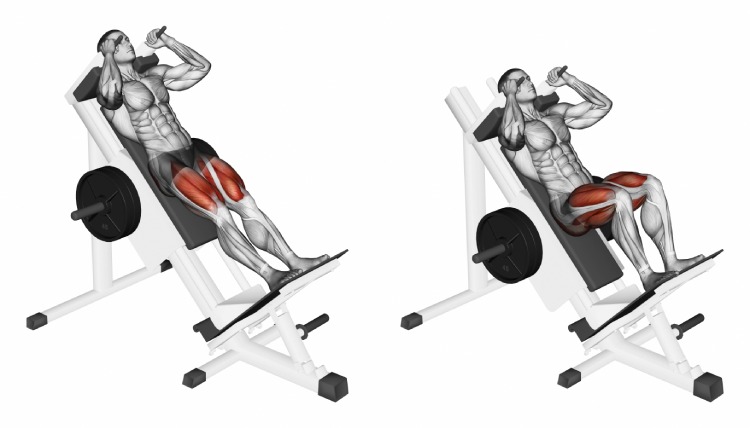
In 1901, George lifted 187 lbs. on his back, with knees bent, and set yet another world record. This later became known as the “Hack squat”, named after him, and is pretty popular among weightlifters even today.
Hackenschmidt broke professional records in his wrestling career.
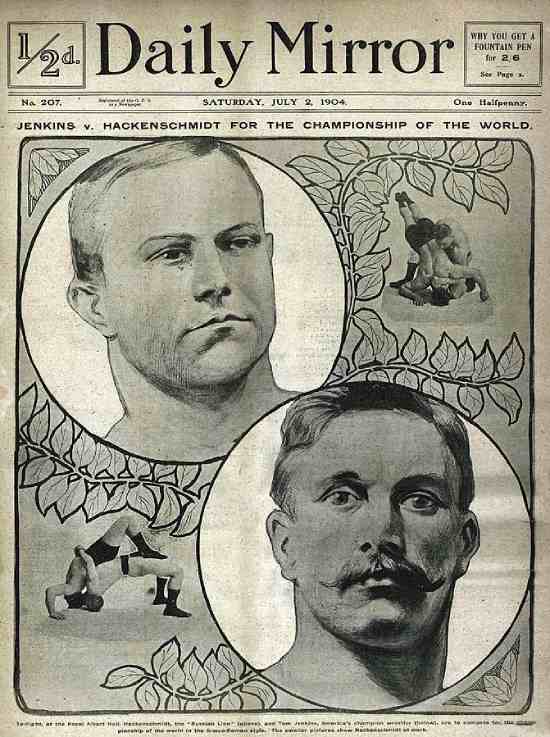
Hackenschmidt participated in about 3,000 wrestling matches in his entire professional career, losing in only two. He entered the world of professional wrestling and was immediately ranked with Tom Jenkins and Frank Gotch, who were pioneers in the history of freestyle, or catch-as-catch-can wrestling.
After serving in the military in 1899, George returned to St Petersburg and won the Russian wrestling championship. Then he went on to win a 40-day wrestling tournament in 1900. In Vienna, he won the World Amateur Championship in 1898 in Greco-Roman wrestling. He then went over to win a world championship in Casino De Paris. With these titles, George Hackenschmidt became recognized as the sport’s first World Heavyweight Champion. George traveled around the world, taking on challengers. He showcased his stand-out physique and became a major celebrity and highly publicized figure around the world. He wrestled in opera houses, music halls, and theatres and became a major showstopper.
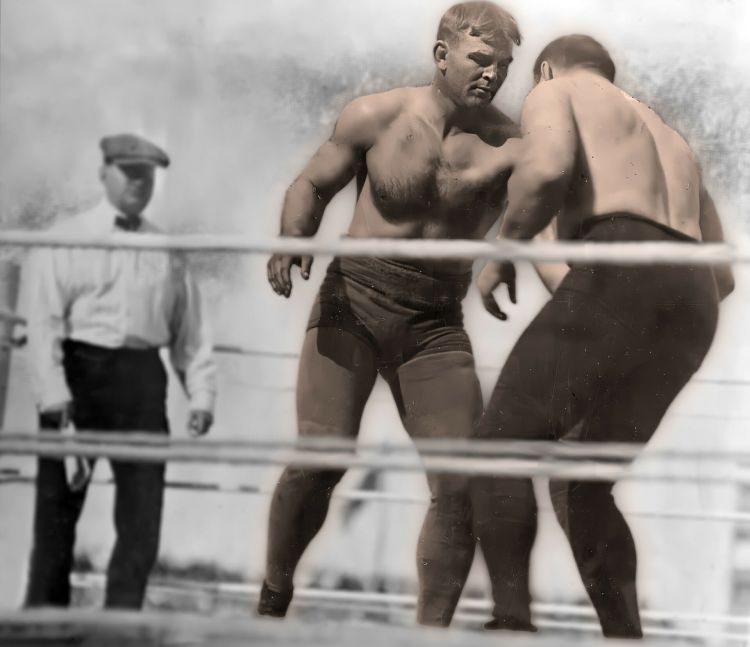
He was an undefeated champion worldwide till 1908 when he finally lost to American wrestler Frank Gotch in Chicago. Hackenschmidt disliked brutal tactics that were employed by many wrestlers of his time and disapproved of Gotch’s methods. Their rivalry had soon become as big as the game itself. He lost the first match and had a knee injury while training for the rematch, which he also lost. After this loss, Hackenschmidt retired from the world of professional wrestling.
What was George’s wrestling style?
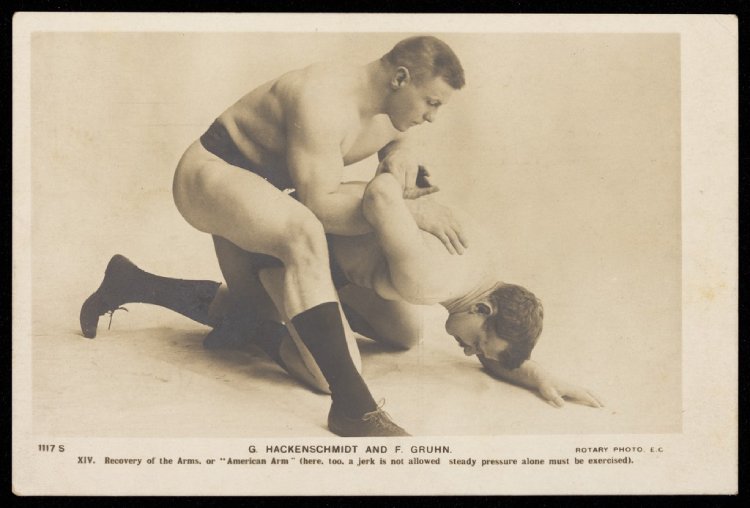
George belonged to the “Golden Era” of Wrestling when the slower, more laborious Greco-Romanian style ruled. George was bulkier than most of his opponents, so his movements were much slower. Therefore, he excelled at this wrestling style, unlike the newly popular catch-as-catch-can style, because it highlighted muscle power more than speed and quickness and involved holds only above the waist. George was honest and natural and wrestled with straightforwardness and seriousness, finishing off his opponents quickly. He was never aggressive and mean toward his opponents. According to the records, he was the “epitome of calm, self-assurance, and inner peace.”
The “bearhug” was one of his signature moves. His style was born of speed, skill, and confidence, and he felt no need to be unnecessarily rough in the ring. His weakness was that when he faced an equally strong and skillful opponent (of which there were very few), he was slow to adapt, which became a major advantage for Gotch. Later, during his matches with Gotch, Hackenschmidt preferred the catch-as-catch-can wrestling, which became more popular over the more laborious Greco-Roman, which he had preferred earlier.
George was also an intellectual, author, and philosopher.
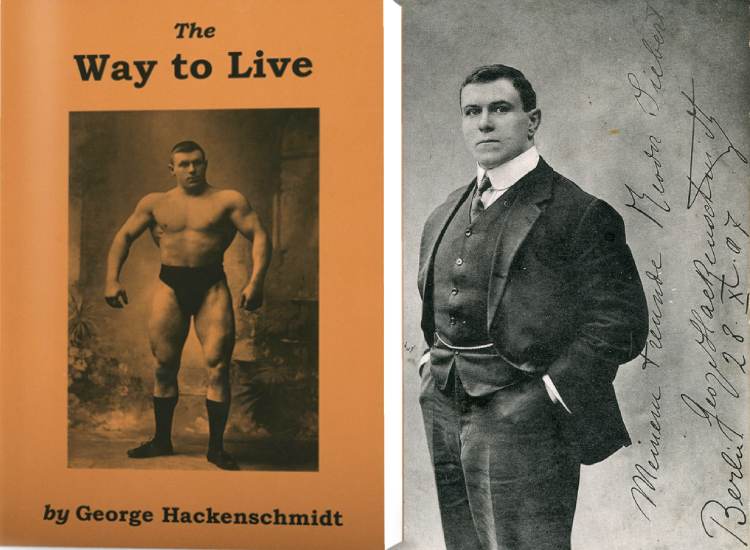
After his retirement, in addition to his athletic pursuits, Hackenschmidt became an author, philosopher, and advocate of physical fitness. He wrote a few books on health and wellness, including The Way to Live and The Complete Science of Wrestling, that are still read widely today. The Way to Live, written in 1908, is a powerful, inspiring book where he mixes autobiography and his training methods, creating a manual for people who aspire to develop strength and fitness.
For him, the most important aspect behind getting fit and strong is the “will “to do so. In his book, he wrote about an “incessant inward impulse†that gets people going. The primary aspect that stands out in his style of training is its simplicity. The most powerful thing is the way of life, which combines nutrition, training, and breathing exercises.
George Hackenschmidt’s life is an awe-inspiring story in “Iron History” based on a time when wrestling matches were still unscripted. He was an intellectual athlete who spoke seven languages, winning over the world not just with sheer physical strength but also with grace, power, endurance, and inspiration. He was not just a world-renowned athlete but a cultural influence on society. United States President Theodore Roosevelt said, “If I weren’t president of the United States, I would like to be George Hackenschmidt.”














